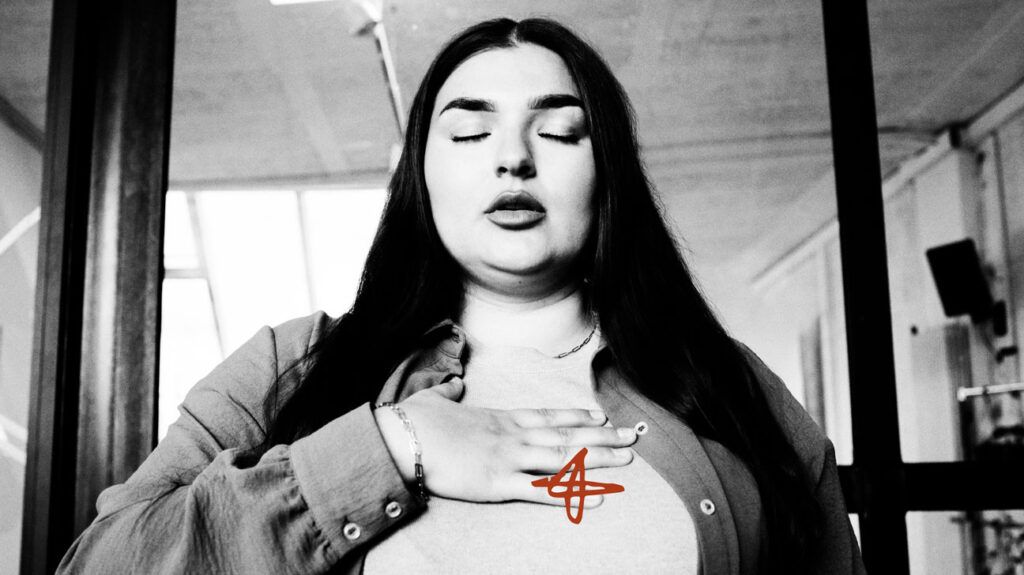Inlet VSD is a condition that occurs when there is a hole close to the inlet valves of the ventricular septum in the heart. This can cause blood to flow from one ventricle into the other.
The septum is the wall of tissue that separates the four chambers of the heart. If a person has a ventricular septal defect (VSD), they can have one or more holes in the septum.
Inlet VSDs occur when the hole is close to the inlet valves in the right ventricular septum. This can cause blood to flow in the wrong direction through the hole, from the left ventricle into the right ventricle.

There are
The septum separates these chambers. The ventricular septum is the wall of tissue that separates the two ventricles.
Valves are present in the heart to allow blood to flow into and out of the heart and from one chamber to the next. The four valves in the heart are:
- Tricuspid valve: This valve sits between the right atrium and the right ventricle.
- Pulmonary valve: This valve sits between the right ventricle and the pulmonary artery.
- Mitral valve: This valve sits between the left atrium and the left ventricle.
- Aortic valve: This valve sits between the left ventricle and the aorta.
Medical professionals
A person with an inlet VSD has a hole or opening close to the inlet valves in the right ventricular septum.
If an infant has a VSD, blood can flow
A large VSD can cause the heart to pump large amounts of blood into the lung arteries. This can require the heart and lungs to work harder, leading to symptoms of VSD.
Inlet VSD occurs when the hole is
Outlet VSD occurs when the hole is
Both types of VSD cause blood to move from the left ventricle into the right ventricle.
VSDs happen when a
Some non-genetic risk factors may contribute to the development of VSDs. These may include:
- maternal infections while the embryo is in the womb, such as:
- maternal diabetes
- phenylketonuria, an inherited inability to metabolize phenylalanine
- embryonic exposure to:
An infant
If the VSD causes a small hole, the hole may close on its own, and an infant may not display any symptoms.
If the VSD causes a larger hole, blood may flow through the hole, from the left ventricle into the right ventricle. This blood can then travel into the lung arteries.
When this happens, an infant may display symptoms. Common symptoms of a VSD include:
- shortness of breath
- fast breathing
- heavy breathing
- sweating
- tiredness during feeding
- the inability to gain weight
A doctor
A doctor may hear a heart murmur during a standard physical examination. This can be a sign of a VSD. A heart murmur is a distinct whooshing sound that a doctor can hear when listening to the infant’s heart.
If a doctor suspects that an infant has a VSD, they may use several tests to confirm the diagnosis. An echocardiogram is the
This can help a doctor see:
- whether there are any other abnormalities in the structure of the heart
- how large the hole is
- how much blood is flowing through the hole
If an infant has a small VSD that does not cause any problems, the hole
If a hole does not close or is large, a doctor may suggest treatment to close the hole.
A doctor may choose either cardiac catheterization or open heart surgery to close the hole.
Cardiac catheterization
During cardiac catheterization, a medical professional will
The doctor can then insert certain devices through the catheter to check that there are no further abnormalities in the heart and to measure the size of the hole. They can insert a small device called an occluder through the catheter, which they can use to close the hole.
Open heart surgery
During open heart surgery for a VSD, a surgeon
Over time, normal heart lining tissue will cover this patch and it will become a permanent part of the heart.
In some cases, a surgeon may sew the hole closed without a patch.
Medicines for a VSD
In some cases, a child with a VSD may need certain medications. These medications
- strengthen the heart muscle
- lower their blood pressure
- help their body remove extra fluid
Nutritional help for infants with a VSD
Some infants with a VSD may have
To help an infant with a VSD gain weight, medical professionals may recommend that they consume a high calorie formula.
In other cases, an infant with a VSD may need a feeding tube if they are too tired to feed through their mouth.
An inlet VSD is a condition involving a hole close to the inlet valves in the right ventricular septum of the heart.
If the VSD causes a small hole, this hole may close on its own.
If the VSD causes a larger hole, blood can flow through the hole in the wrong direction, from the left ventricle into the right ventricle. This blood can then travel into the lung arteries. If this happens, an infant may experience shortness of breath, fast breathing, heavy breathing, and tiredness during feeding.
If the hole is large, a doctor may suggest closing it by performing cardiac catheterization or open heart surgery.
